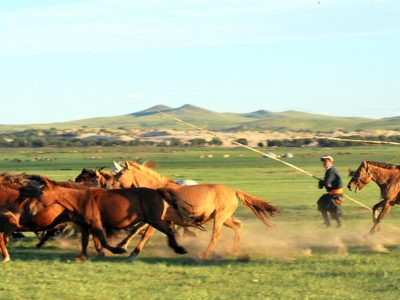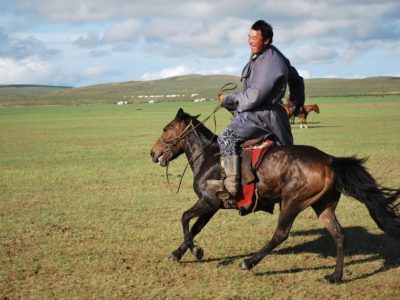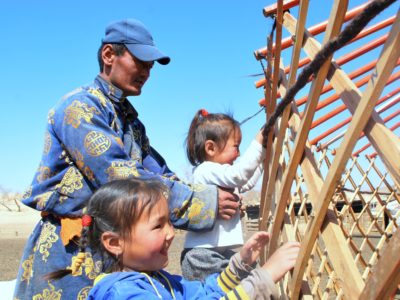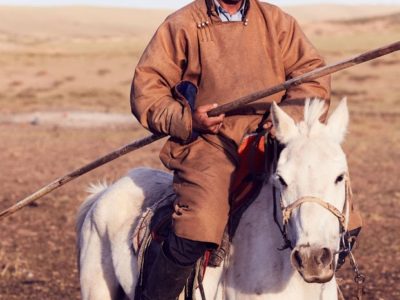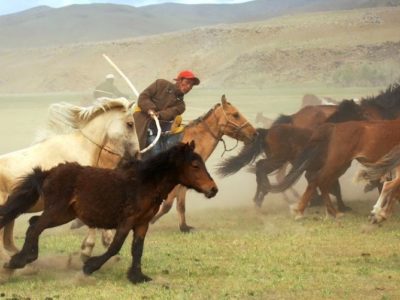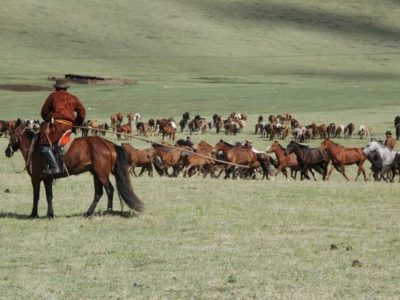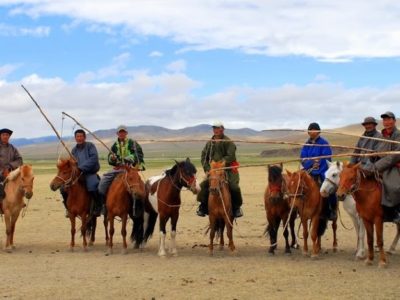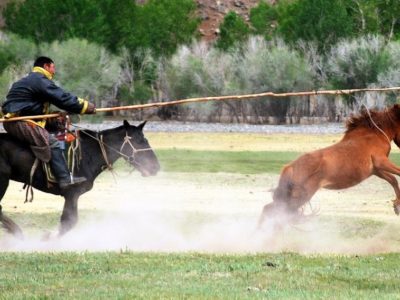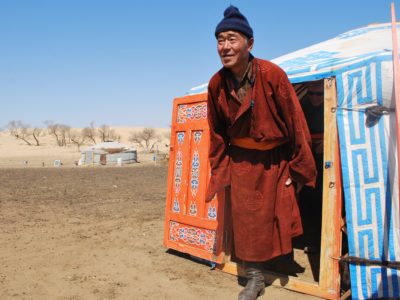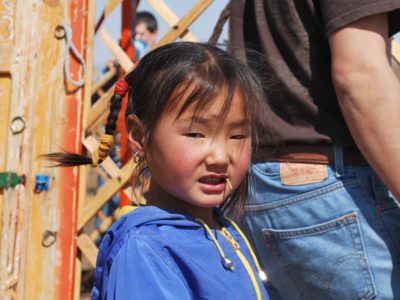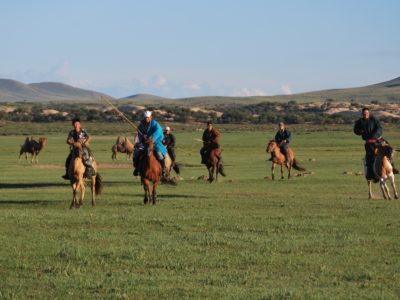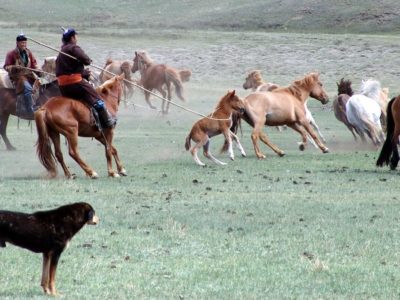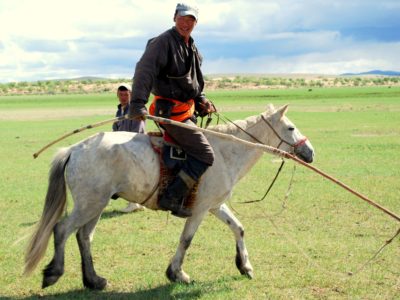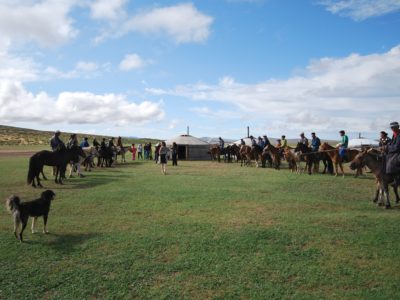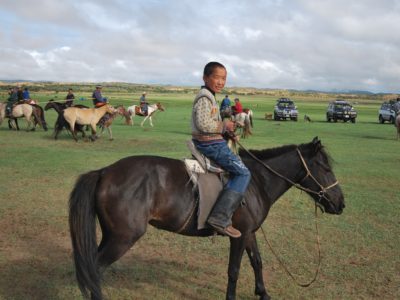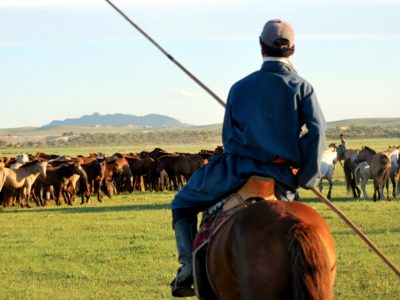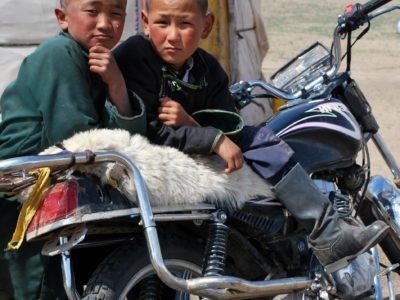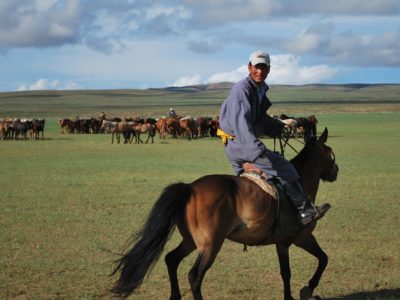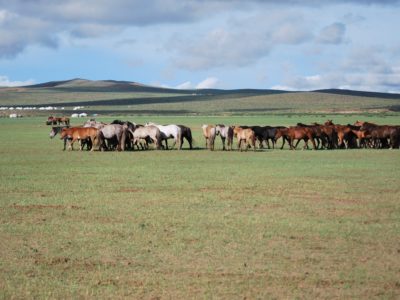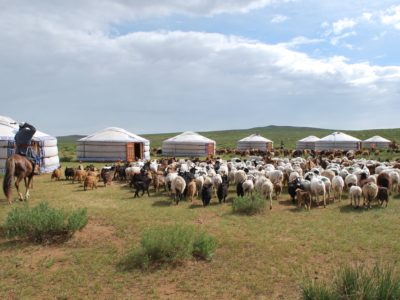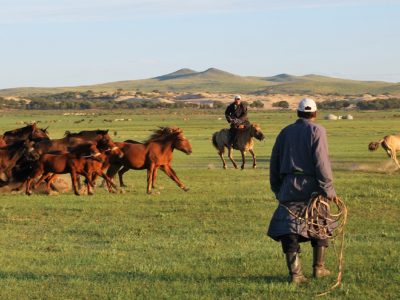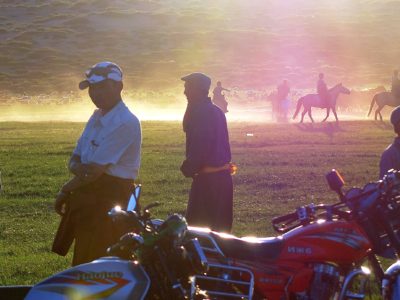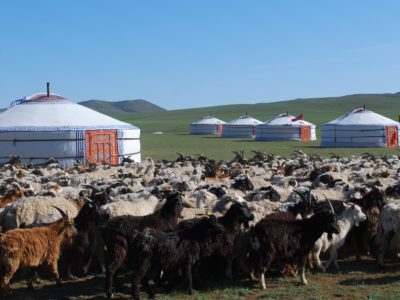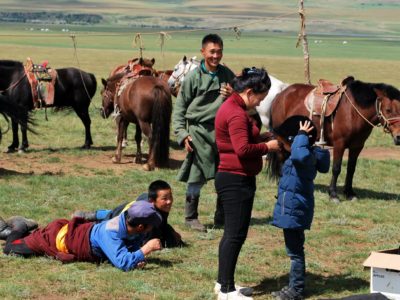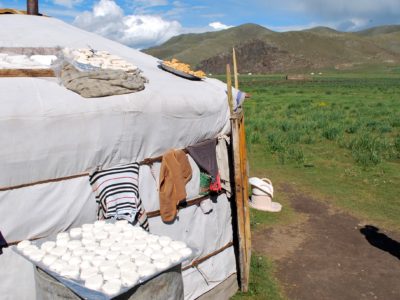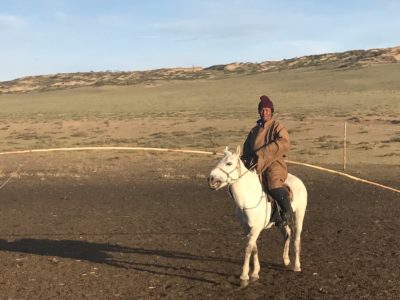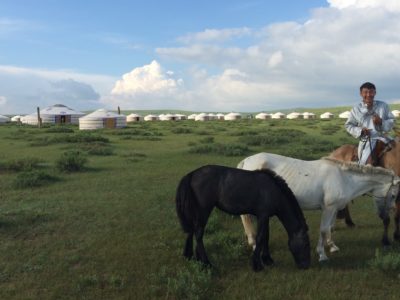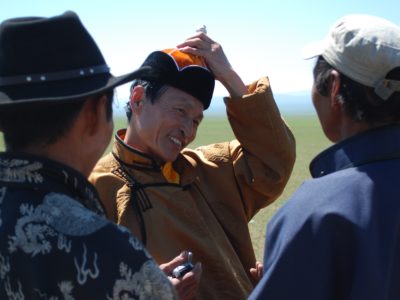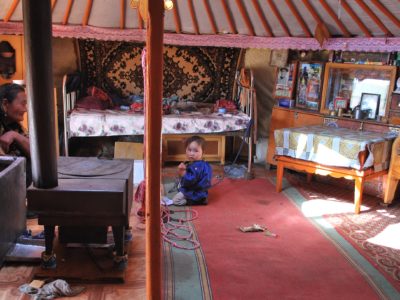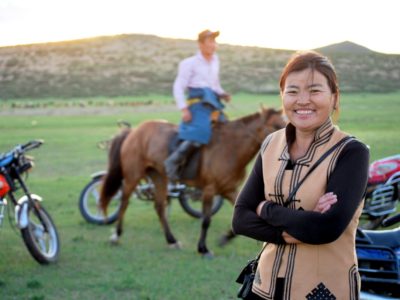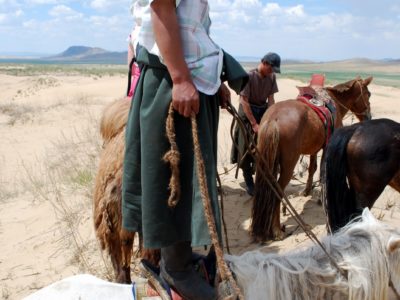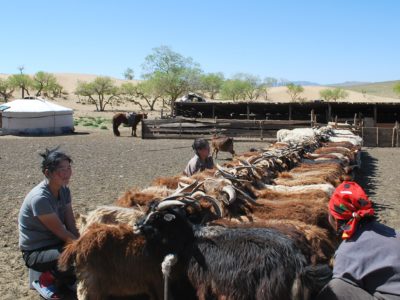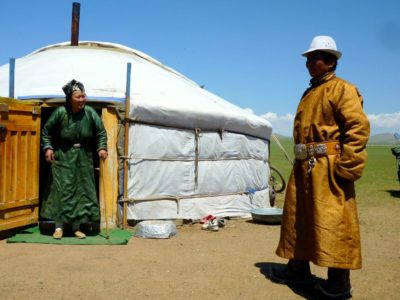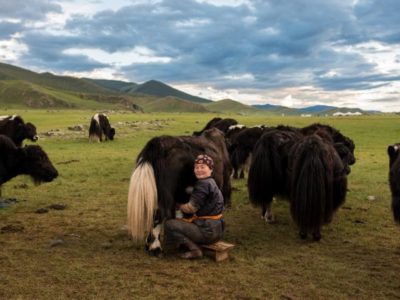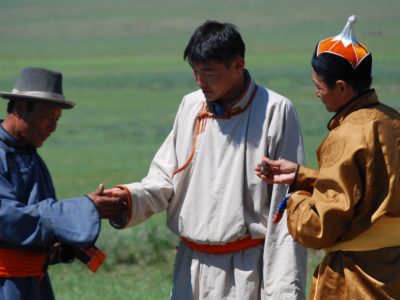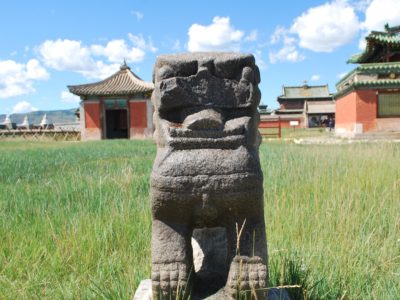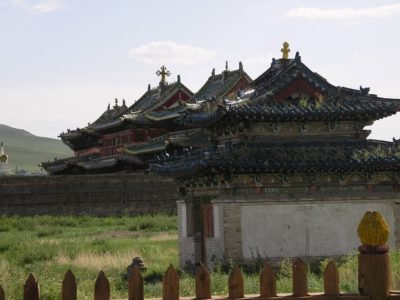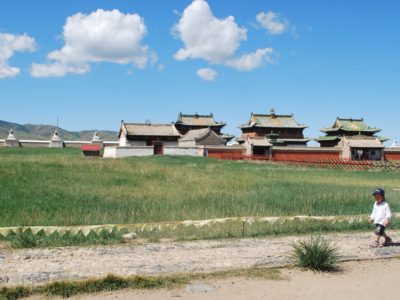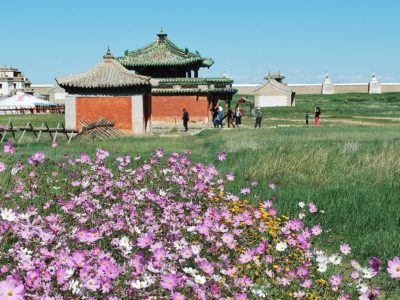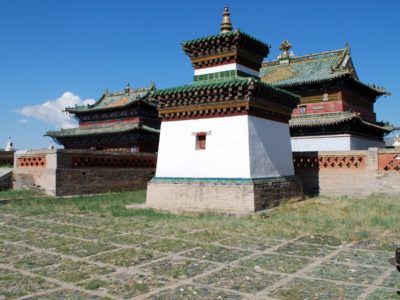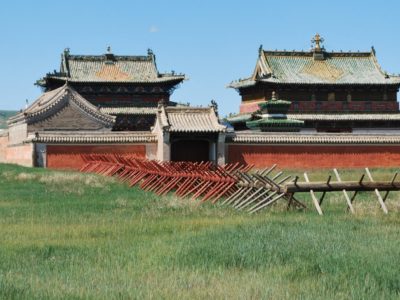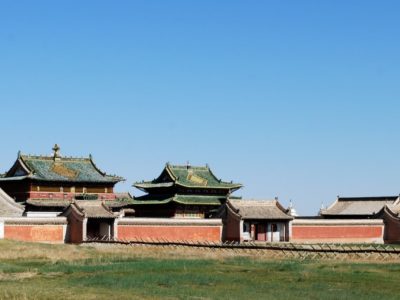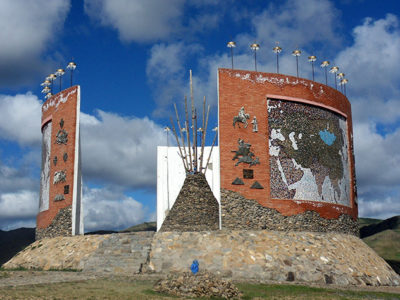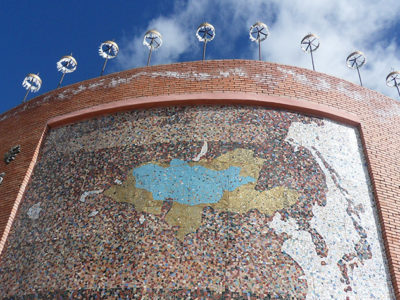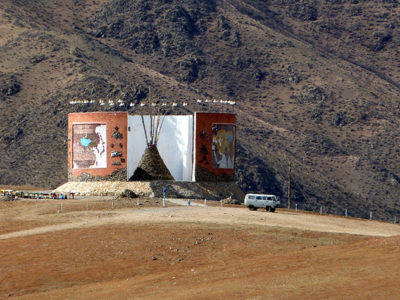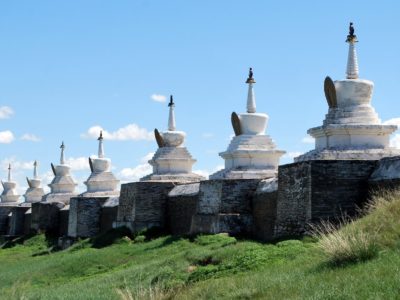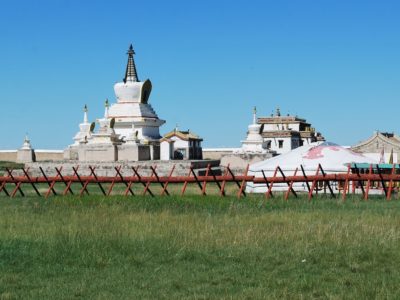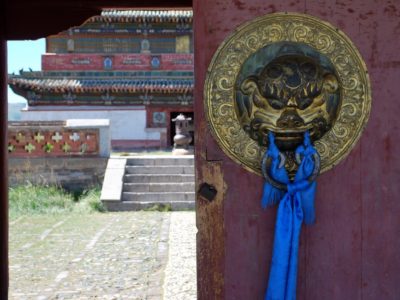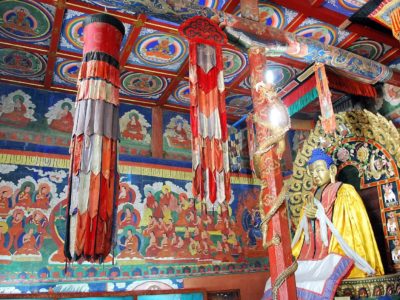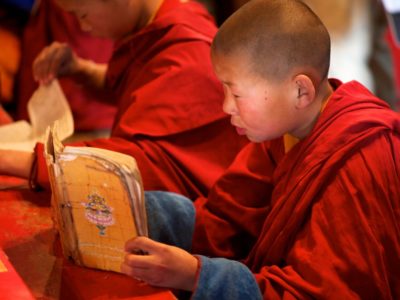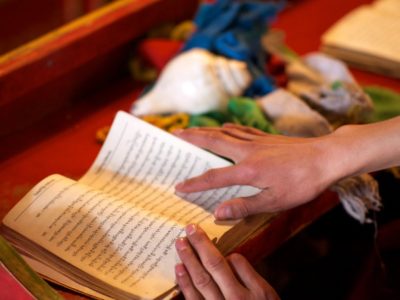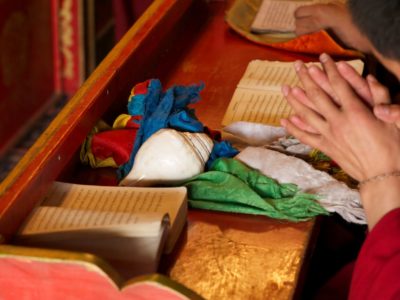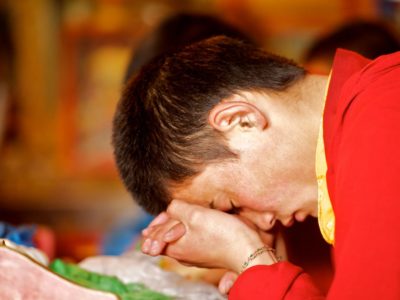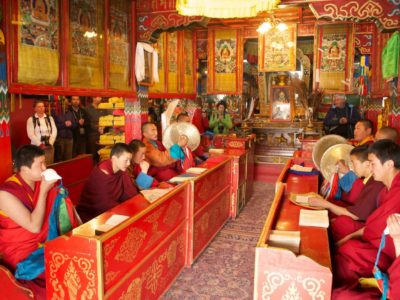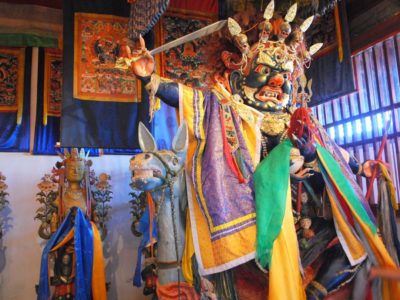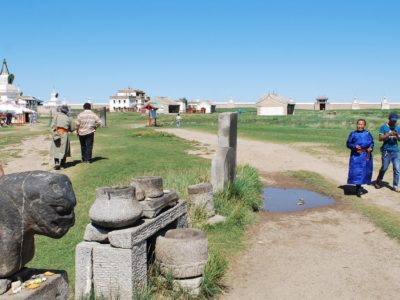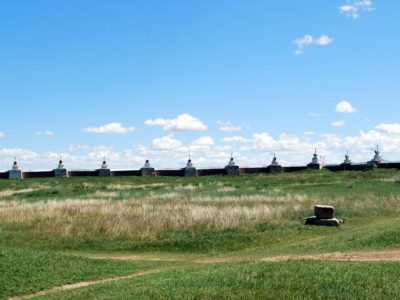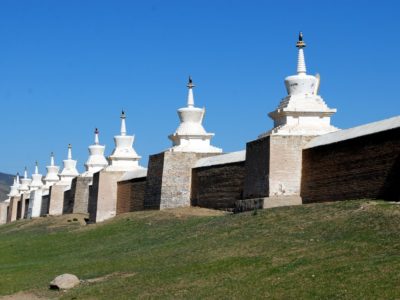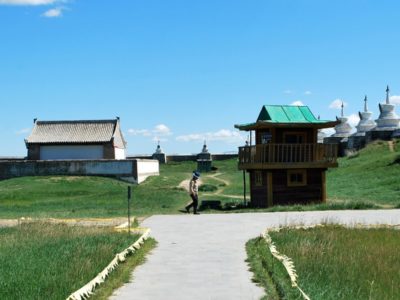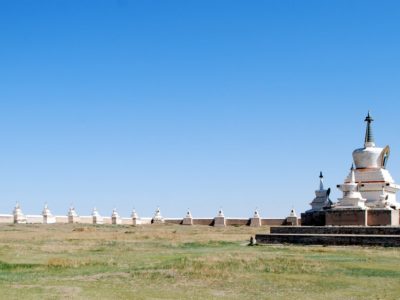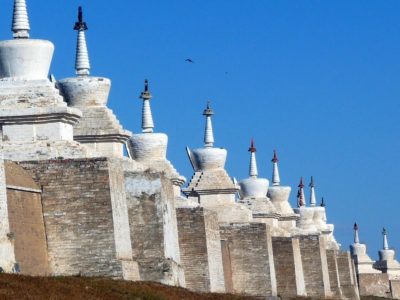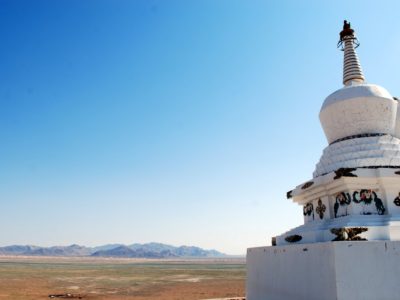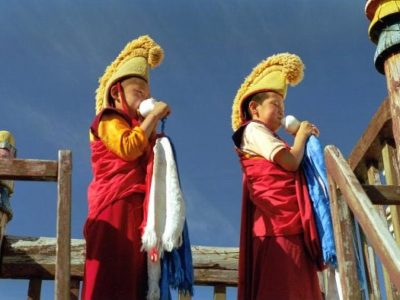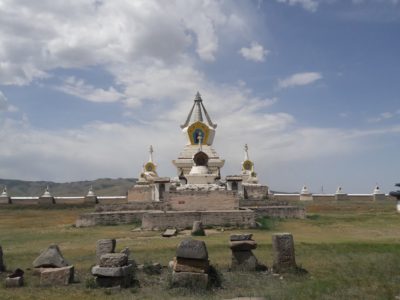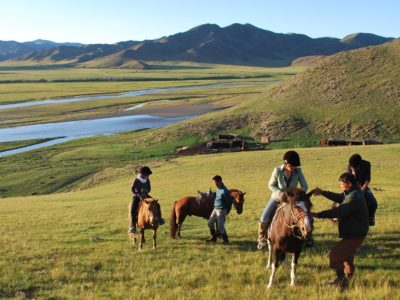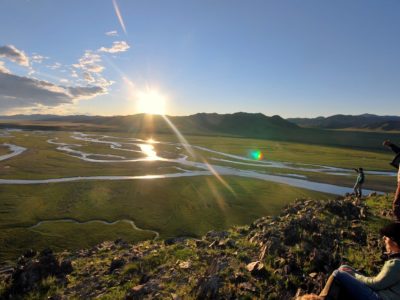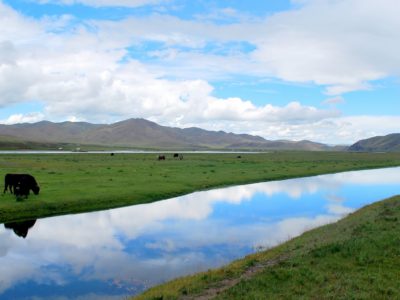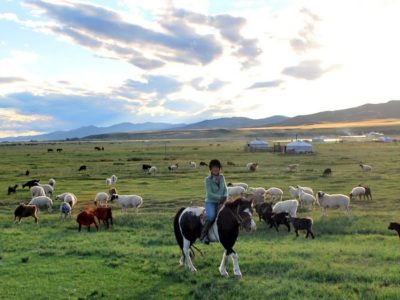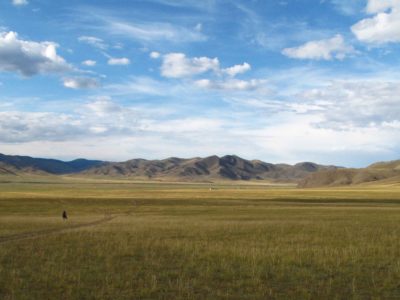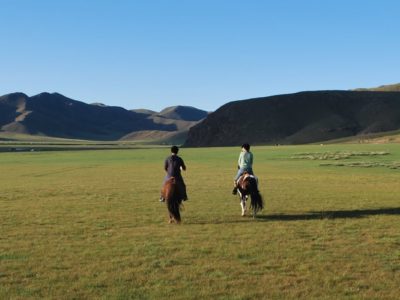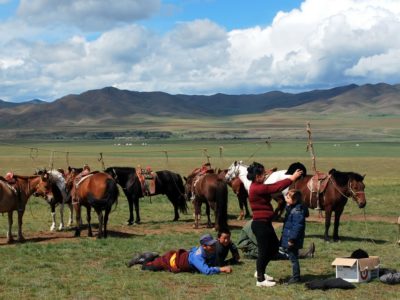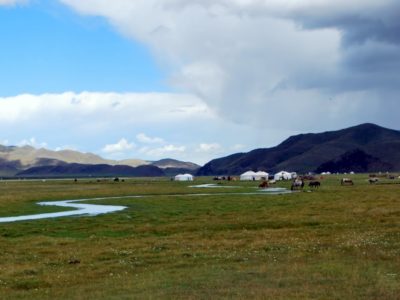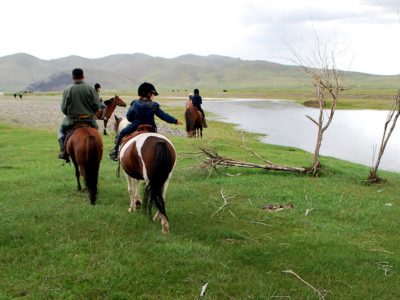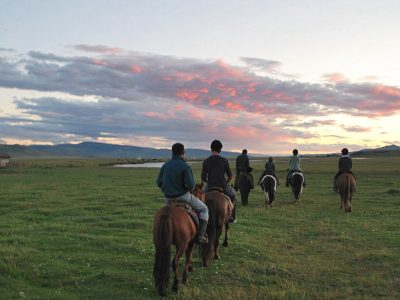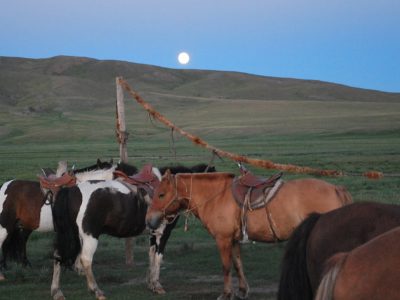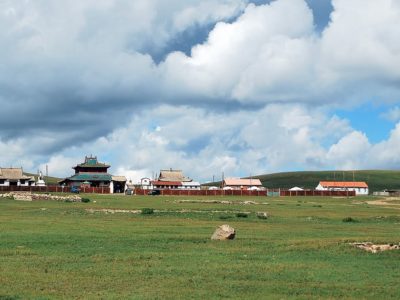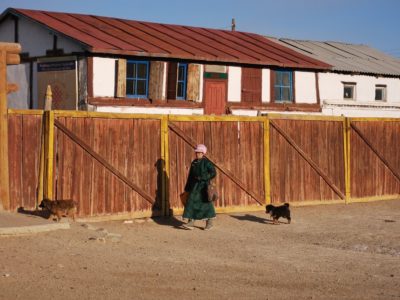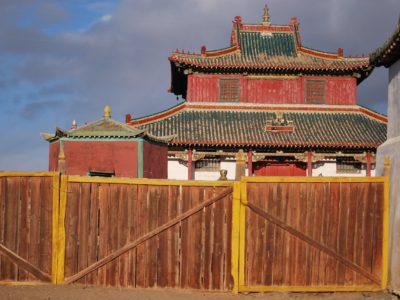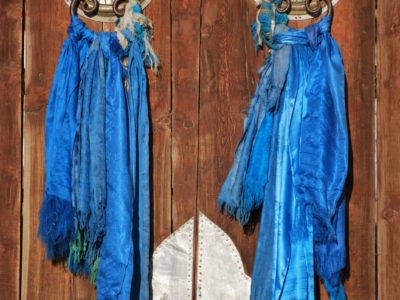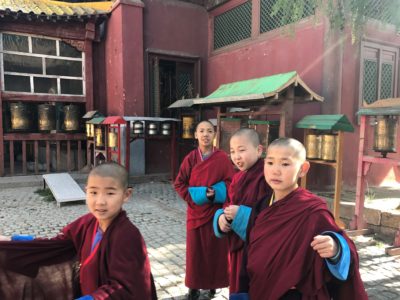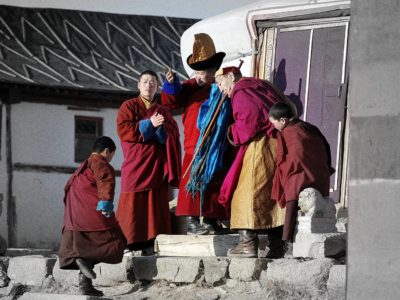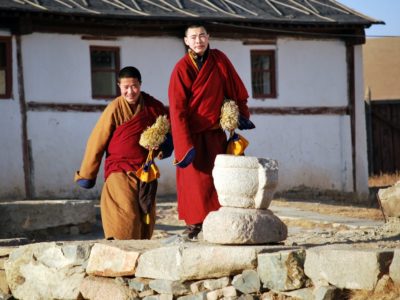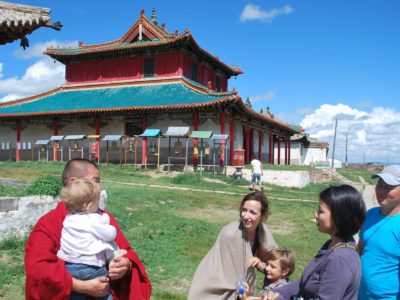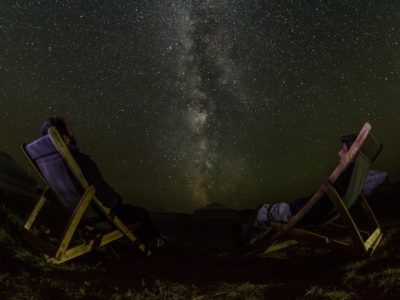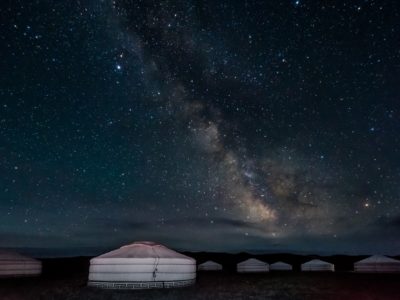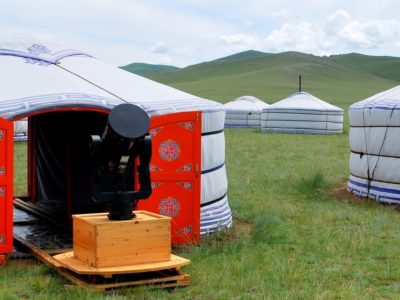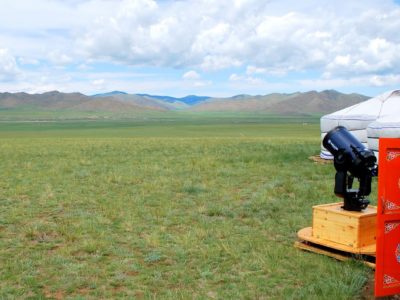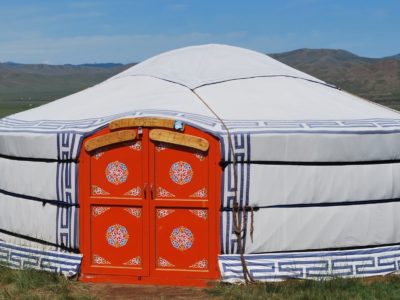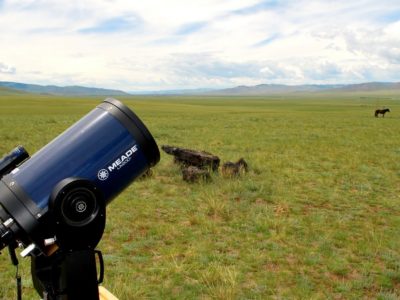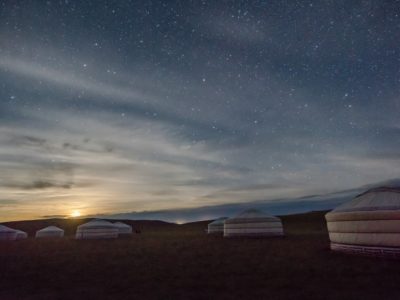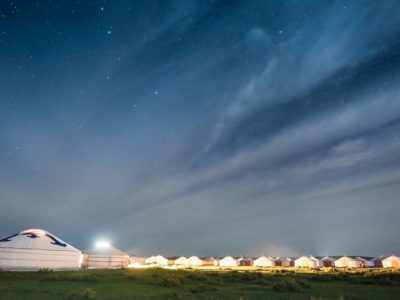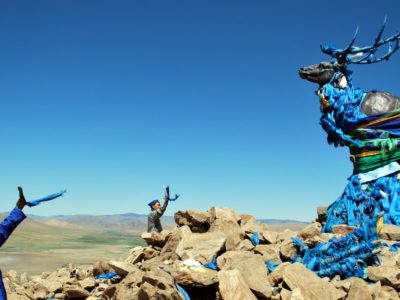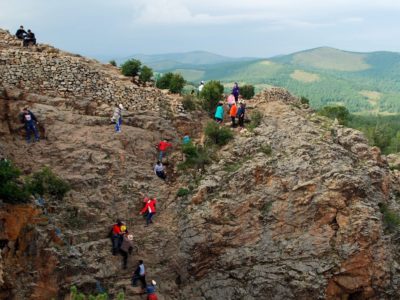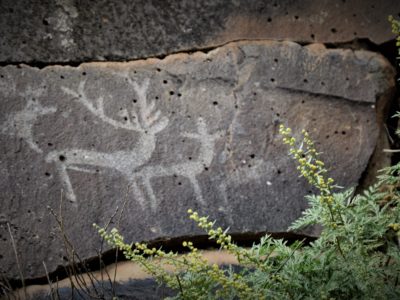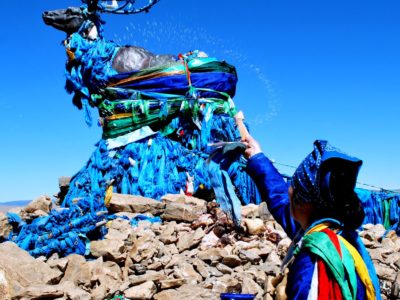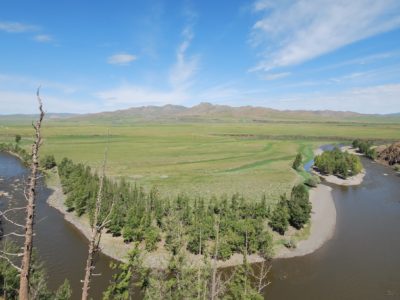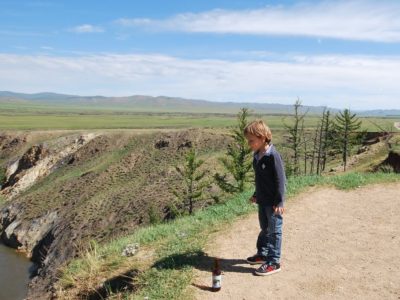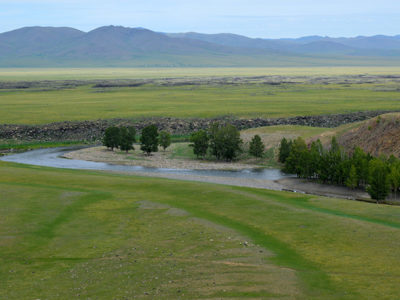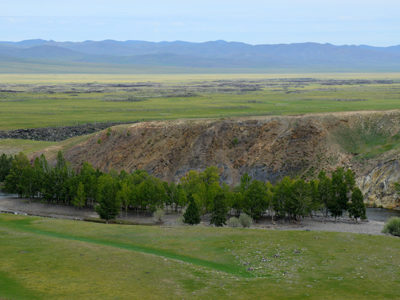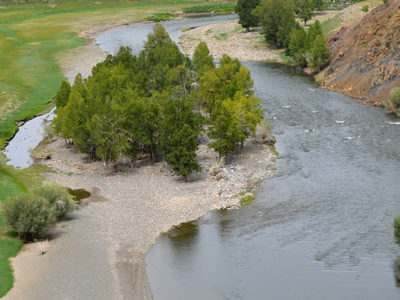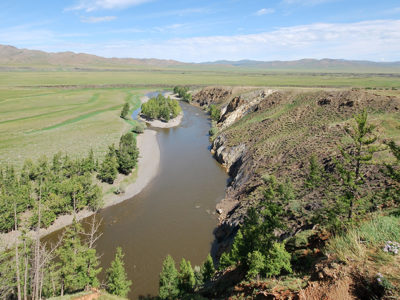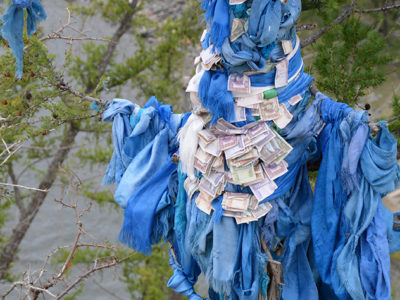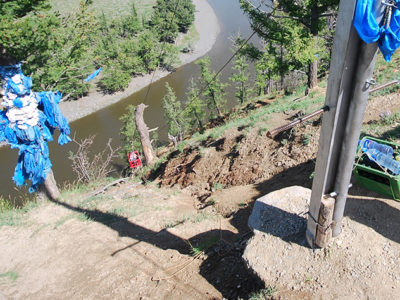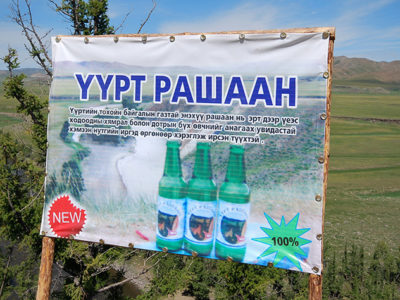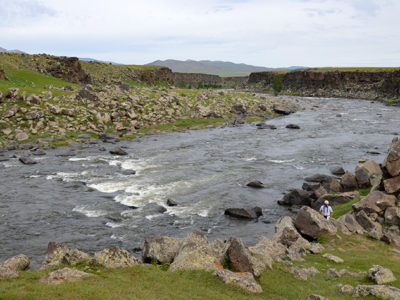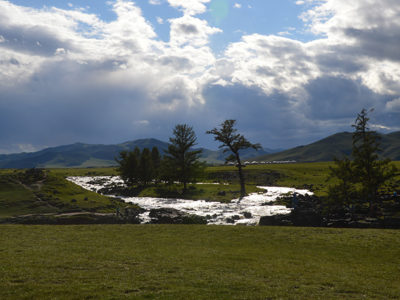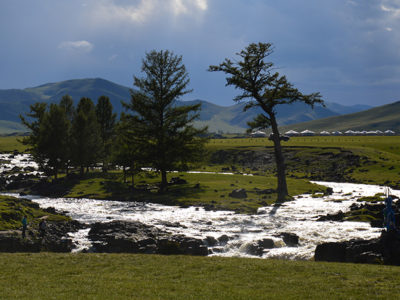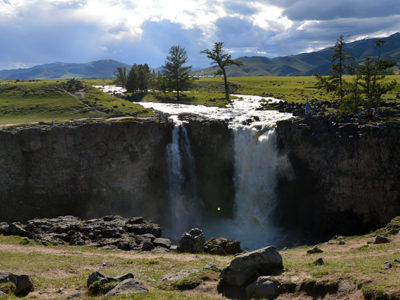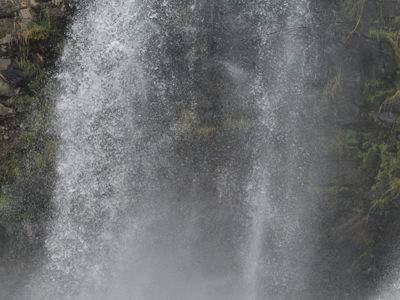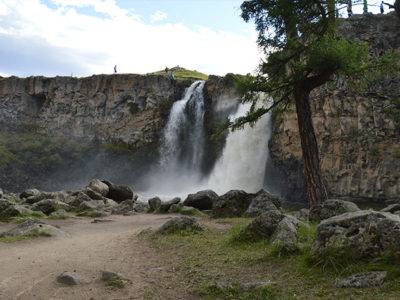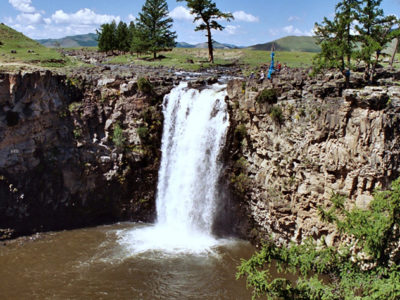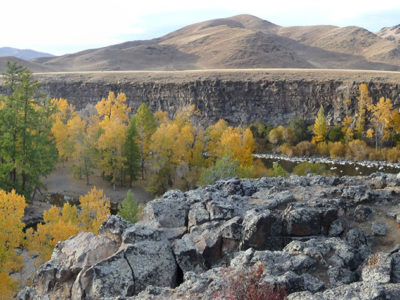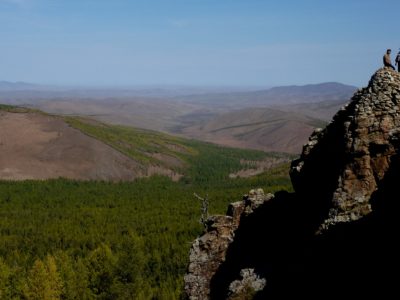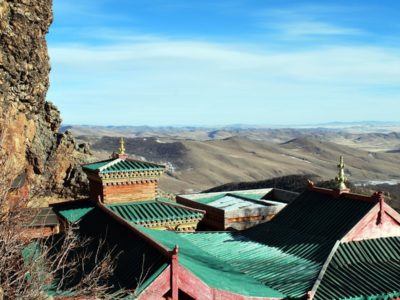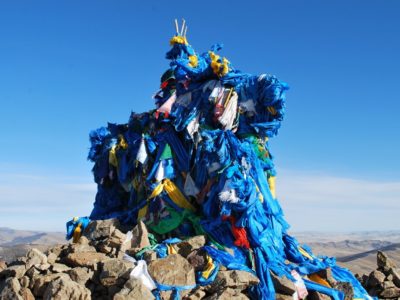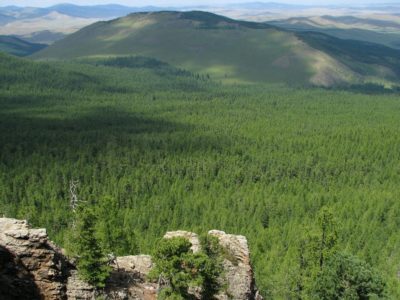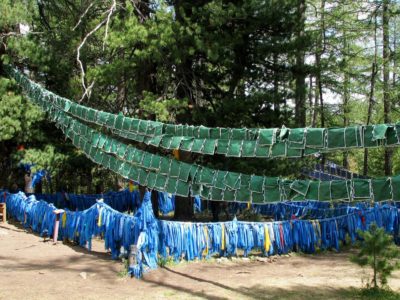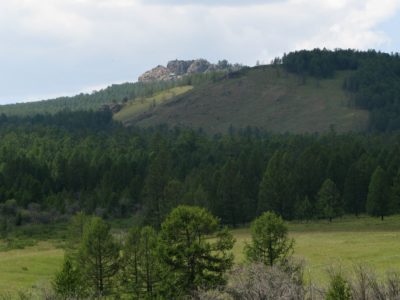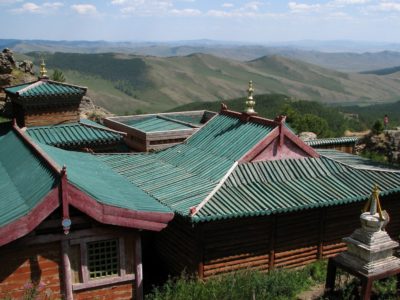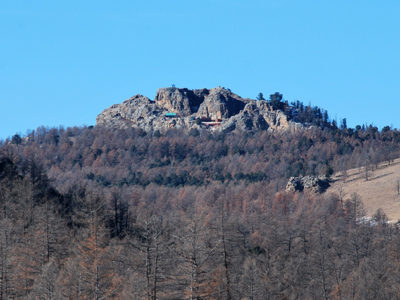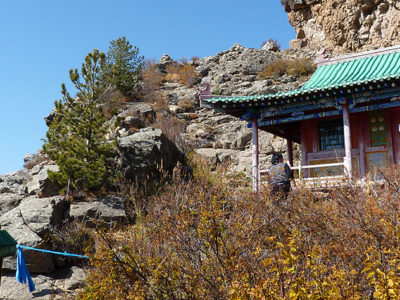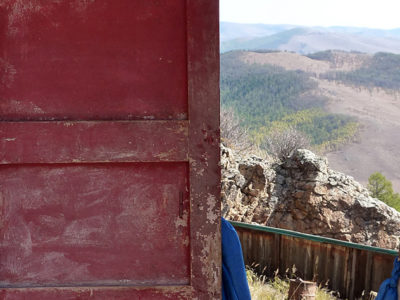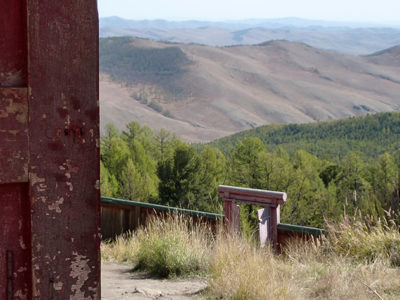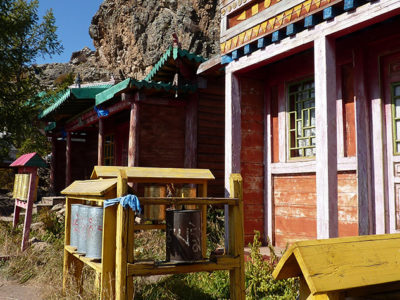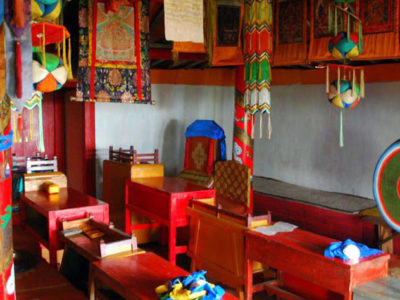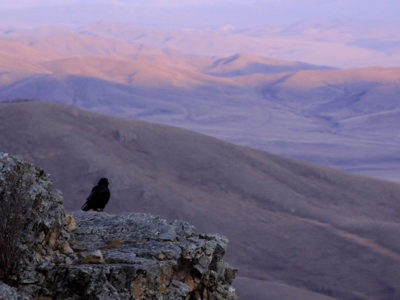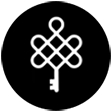Ursa Major Geolodge
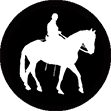
Meet the Nomadic Herders
In the country of the five snouts*, taste the way of life of nomadic farmers. Take a break for a game of jacks, a cup of hot wood-burnt tea or a glass of Airag, and enjoy Mongolian hospitality. Discover the multitude of traditions and a number of necessary skills, such as the preparation of felt, the best insulation material in the world and crucial for survival in the extreme Mongolian winter.
If you feel like it, you can participate in the shearing or milking of the animals when the flocks gather. And be prepared to be amazed by Mongolian horsemanship. If you ask them, the Mongolian herders / riders will not hesitate to show you the capture of the Urga**, an art in which they excel.
For those who have the soul of a builder, ask for an initiation to the assembly of a yurt. For those who appreciate culinary experiences, do not leave before you have prepared and tasted some fritters (Hushuur, boorstog) and raviolis (buuz), the most typical Mongolian dishes.
NOTES/
* sheep, goats, horses, camels and bovine (cows, yaks – introduced in the 5th century, and khainag – a yak/bovine breed)
** wooden pole with a lasso hanging at its end

Harhorin & Its Museum
Located 370 km from Ulaanbaatar, the ancient capital of Karakorum (or Harhorin) was founded by Genghis Khan in 1220 and built up by his son Ögödei Khan. Situated on the silk route, it was a true crossroad of cultures and sheltered many monasteries but also a number of churches and one mosque, as recounted by William of Rubrouck in Travels to the Mongolian Empire (1253-1255).
During 40 years until the reign of Kublai Khan (1259-1294), Gengis Khan’s grandson, who would establish the new capital of Khanbalik (now Beijing), Karakorum was the political, cultural and economic capital of Mongolia. In 1338, however, less than 2 centuries after it had been built, the capital was destroyed. Witness of a glorious past, the Erdene Zuu Monastery, or the “Very Big Monastery” is all that has remained from the city until the present day. Zuu refers to a monastic group, Erdene means treasure, jewel or beloved.
The museum in Karakorum allows to dive back into the story of Genghis Khan and the history of the Mongolian civilization. Very educational, it houses a huge model of the old city and most of the objects displayed are from various archaeological excavations in the region.
![]() Our Map System: 47°11’43”N 102°50’21”E
Our Map System: 47°11’43”N 102°50’21”E

Erdene Zuu Monastery
Erdene Zuu Monastery symbolizes the arrival of Buddhism in Mongolia. Buddhism, though present during the Turkish times (from the 6th to the 8th century), had concerned only the aristocracy and had not become state religion until 1260 under Kublai Khan’s reign. But it was not until Altan Khan and the 1570s that the religion gained a true presence and real impact on the society. That period is marked by the policy of proselytism, a large wave of conversion and a true witch hunt of shamans and their places of worship.
In 1578, Altan met Sonam Gyatso, the spiritual leader of Tibet, whom he had been at war with; this senior figure and Buddhist monk managed to convert the Khan. The Khan then awarded the monk the title of Dalai Lama (the 3rd), Ocean of Wisdom. The two preceding masters were granted the title posthumously, and the 4th Dalai Lama was a Mongolian. This was the beginning of a profound attachment that has lasted between the two nations to this day. The present Dalai Lama has come to Mongolia no fewer than 4 times in the last 10 years, and it is impressive to see the welcome he gets each time. Moreover, the Tibetan community is mobilized in overcoming the current problem of religious revival in Mongolia.The majority of mid to high ranked monks having been eliminated under the previous regime, few or almost none are left that would be capable of reading Tibetan Buddhist texts. This is why countries like Tibet, Nepal, India and other Western countries are setting up exchanges between lamas and theology professors.
It was after a meeting between the Dalai Lama and Abtai Khan during which the Khan had received numerous Thangkas that the three Zuu monasteries were founded in 1586 to house the precious gifts.
General Characteristics of the Monastery
Erdenee Zuu is very particular because of its heterogeneous style. This occurred for several different reasons. Its construction had been stretched over three centuries (16th to the 19th), and it was destroyed, burnt and restored many times, adding to the multiplicity of artistic styles. The most visible contrast here is between the typically Mongolian design, the mainly Chinese architecture of the museum temples, and the Tibetan architecture of the Lavran which is the only temple still active to this day.
The Mongolian design can be recognized in the diverse elements that remind us of a yurt. A division according to two axes of coordinates can be found in the complex: The western side dedicated to man and social life dominates the eastern side dedicated to woman and domestic life. This translates into the presence of three Zuu temples to the West and the situation of the Lavran, the original residence of the Bogdo Gegeen, to the East. To the north, we find the most noble space with an altar, a place for the elders and a place to rest, whereas to the south we find a space for work and for the young. A golden stupa is placed at the centre.
The complex is surrounded by a 400 x 400 m outer wall, taking up a tenth of the territory of the antique Karakorum. There is a gate in each of the four walls, a reminiscence of the fortress city of Kitan and a tangible reminder of the monastery’s original function as a guaranty of safety. The walls are surmounted by 108 stupas. 108 is a sacred number of excellence and a symbol of Buddha, and there are 108 beads on lama rosaries. Erected in 1734 and 1804, a number of them enclose relics of mummified monks.
All the temples were built without a single nail; and all doors face the south from where the sun and friends enter.
What we see today is only a shadow of what the Erdene Zuu Monastery used to be. At the beginning of the 20th century, it housed over a hundred temples, 300 yurts and up to 1000 resident monks, which established its reputation as the most powerful Khalkha monastery of Mongolia. Like many others, it suffered great losses during the Stalinist purges of the 30’s: Its temples were destroyed, its monks killed or deported, and the monastery had closed its doors until 1965. It was then re-opened as a museum before resuming its religious activity in 1990.
Now, 30 monks study here, which is not without its problems due to the double character of the place as a religious as well as touristic site. There are instances of an unsuitable interaction between monks and tourists, unwelcome photography as well as the inaccessibility of the 2nd floor of the Lavran to visits; and there are also issues of the alteration of precious historical works and artifacts due to the fumes from the oil lamps used by the monks.
The site
The choice of location for the monastery is not coincidental. This place has been a witness to the history of an entire nation. From the most ancient times, the Orkhon Valley had been the site of the Hiong-Nu, Juna Juan, Turkish and Uyghur empires. It guards plenty of the footprints of those times – deer steles, petroglyphs, khirgesuur, houn chuluu, or tombs. For its rich history but also for its grandiose nature, it has been classified as the UNESCO World Heritage of Humanity.
![]() Our Map System: 47°12’06”N 102°50’35”E
Our Map System: 47°12’06”N 102°50’35”E

Horseback Riding in the Mythical Orkhon Valley
Escorted by the best horsemen in the world, venture for a horse-ride in the mythical Orkhon Valley that shelters tombs of ancient nomadic warriors. At walk or at gallop, depending on your experience, you will get to know the animals that have always been at the heart of Mongolian history. While they race through the steppe, songs are sung to their glory to the rhythmic sound of the bow on the “morin khuur“, a traditional Mongolian string instrument decorated with a horse head. When discussing the horses, the Mongolian language offers thousands of names for them with thousands of nuances. And by talking to the horses, you learn a completely new language! For instance, here, a horseman does not say “Hue” but “Tchuu”…
Mongolians ride their horses standing, their feet supported by large stirrups, and to guide the animal, they not only use the reins but the whole weight and balance of their bodies. Joining them, you will lift the sand from the dunes, climbing and descending. And maybe you will be lucky to see their dance-like movements, skillfully orchestrated, when they gather their horses that roam freely across the steppe.The horses must be herded every day so that mares can be milked and foals can be taken care of, and horsemen’s movements are a result of a thousand years of practice and tradition.

Shankh Monastery
Created in 1646 under Zanabazar’s influence, the Shankh monastery was nomadic until 1787 when it settled at its present location. After 23 successive constructions and reconstructions of the temples, the monastery was finished in 1885. The “Western Monastery” counted up to 200 monks and a number of schools, and was renowned for sheltering the black war flags of Genghis Khan. Closed after the Stalinist purges, five monks secretly kept the monastery’s activity alive under a yurt during the communist era. One of them was instrumental to its reopening in 1990, and there is a stupa erected in tribute to him. The monastery now shelters around 30 monks.
One can participate in the morning services at the monastery. A village has sprung up around the monastery, which is a typical example of turning previously nomadic structures into a settlement.
![]() Our Map System: 47°03’04”N 102°57’15”E
Our Map System: 47°03’04”N 102°57’15”E

Astronomical Observation at Ursa Major
With one of the most beautiful night skies above your head, it would be a shame not to explore it. We have everything prepared for you: MEADE LX 200 ACF telescope, the biggest privately-owned one in the whole country, is located right at Ursa Major. Integrating one of the last generation optical systems, the telescope offers the possibility to see make undistorted night sky observations. The localization of the stars and the orientation of the telescope are automated thanks to an integrated and 16 GPS canals. It is also an ideal tool for astro-photography of high definition and precision.
But star gazing in Mongolia is not just about the beautiful experience; it is a very important part of the local culture. By looking up at the sky and watching the movement of the Moon and the stars, you will participate in a centuries-long tradition of astronomical observations that allowed nomadic people to navigate through the vast steppes and deserts, determine time and date, or predict weather.
Due to the essential character of astronomy in the local conditions, we have started a project called AstroMongolia within which we study contemporary Mongolian cosmogony. Read more about the project here.

Temeen Chuluu Deer Steles and Slab Gravestones
One kilometre away from the Bat-ölzi village and Tsagaan gol (the White River), at the place called Temeen chuluu (camel stone), there are around thirty tombstones and deer steles. One of the deer steles gives the site its name. Dating back to the Mongolian Bronze age (-3000 to -900 BC), the drawings on the steles depict deer, various animal species or a man leading a camel. Made of unworked granite from the neighbouring mountains, the tomb stones and deer steles still keep much of their mystery. According to the book Tuukh Soyolin Dursgal (Historical and Cultural Places of Mongolia; parts of the book were translated from Mongolian to English by the OONH Team), three of the tombs were explored so far. Two of them had been looted but in the third one, next to sheep and cow bones, a hoof and pieces of an Uyghur-style vase were found, dating to the 9th century.
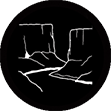
Uurtiin Tokhoï Cliff
Towering 30m above the Orkhon river, the Uurtiin Tokhoi Cliff offers a magnificent viewpoint over the Orkhon Valley. It is located a few kilometres from the paid entrance to the Khangay Natural Park, on the road leading to the Orkhon Falls. Everyone stops here to admire the landscape and buy a bottle of mineral water with supposedly beneficial effects, the “made in Orkhon” water.
![]() Our Map System: 46°53’25”N 102°24’37”E
Our Map System: 46°53’25”N 102°24’37”E
Orkhon Falls
28 km north-east of the Bat-ölziï village, the Orkhon Falls (Orkhonii khürkhree) can be admired on the spot where the Ulaan river (the Red river) merges with the Orkhon. The Falls, also called Ulaan Tsutgalaan (the Red Confluence), are 20 m high and 10 m wide. Their cascade water is rich in volcanic minerals as the Orkhon springs to the surface 130 km upstream in the Khangai mountain that are of volcanic origin.
![]() Our Map System: 46°47’15”N 101°57’36”E
Our Map System: 46°47’15”N 101°57’36”E

Tövhön Hiid Hermitage
Pilgrimage in the Footsteps of Zanabazar
Perched 2312 m high up on the Öndör Shiveer, the Tövkhön Khiid Hermitage is composed of 14 small temples. Zanabazar, the first Bogdo Gegeen (spiritual and political leader) of Mongolia, discovered the place in 1648; he used to meditated here from 1651, and started the construction of the monastery in 1654. The name means “country of happy solitude“.
Zanabazar had lived, worked and meditated here over a period of 30 years. Very active religiously, intellectually and artistically, some of his biggest pieces of work were created here, including the Soyombo Script dating back to 1680.
There are several different places of pilgrimage on site, including hermit caves, temples as well as a rock with Zanabazar’s footprints on it. One of the caves on site is called “mother’s womb“. There is barely enough space inside to turn oneself and come out which is something pilgrims attempt to do as a symbol of birth and re-birth when one is purified of one’s sins. The ovoo overhanging the site is forbidden to women.
The site was placed under regional protection in 1971, and under national protection in 1992. Since then, special ceremonies has taken place here every year. Ever since the visit of the Dalai Lama in 1994, the site has been attracting much attention, and since 1996, it has been classified the UNESCO World Heritage of Humanity. The monastery was renovated by the state in 2001. Nowadays, it is a part of an exchange program with one of the datsans (=school) of Gandan.
![]() Our Map System: 47°00’46”N 102°15’25”E
Our Map System: 47°00’46”N 102°15’25”E

